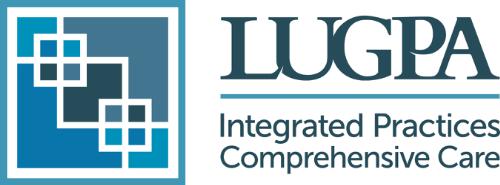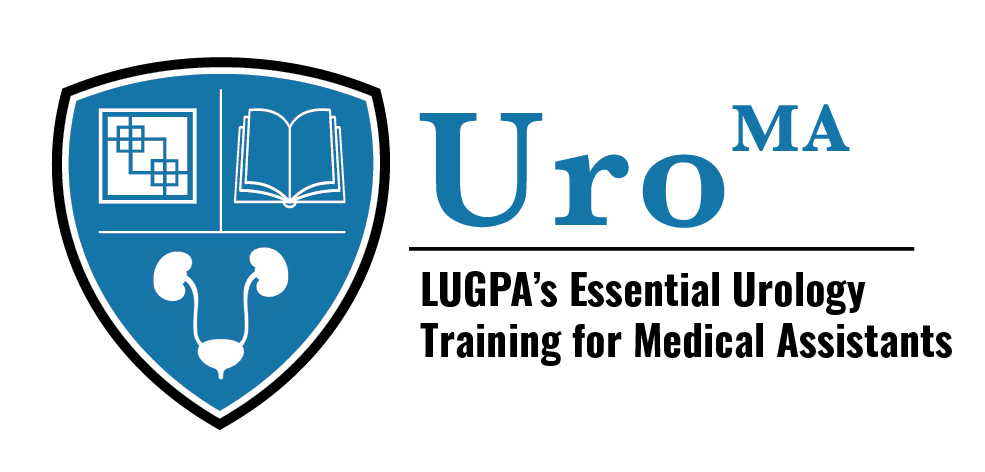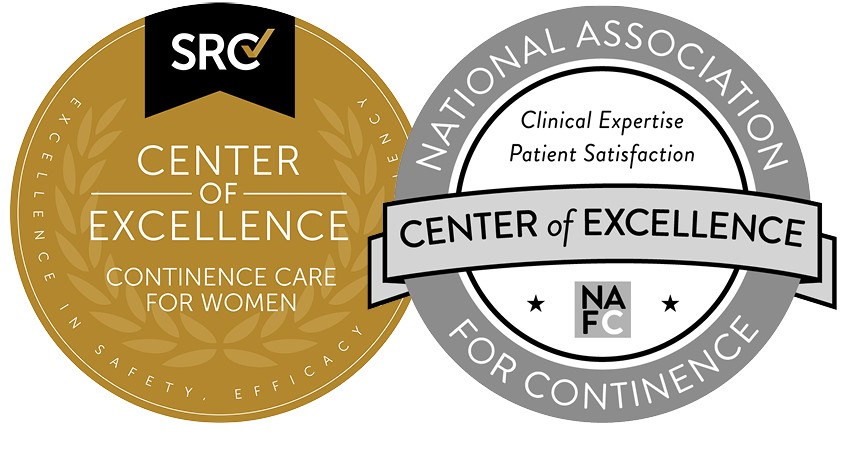LUGPA Brief: 340B Program
Click here for new update on this topic.
Managing drug costs and reducing the overall cost of care is a critical issue in healthcare today, both at the state and federal levels. One program that has seen great success in reducing costs and providing needed care to low-income patients is the 340B Program. The 340B program enables safety-net hospitals, health centers, and clinics to purchase prescription medications at discounted prices. These covered entities then receive reimbursement for drugs purchased under the program at much higher rates than their acquisition costs. Most hospitals must reach a minimum threshold of Medicaid and low-income Medicare inpatients to qualify for the discount. Once the hospitals and clinics qualify, they can purchase outpatient prescription drugs at a discount of 25 percent to 50 percent. The program aims to assist safety-net healthcare providers in stretching their financial resources to reach more financially vulnerable patients and deliver a more comprehensive array of healthcare services. Since its inception in 1992, the 340B has grown substantially, both in the number of providers eligible to participate and in the volume of drugs purchased using the program’s discounts. While smaller community clinics have traditionally used the program, more hospitals have entered the system. Today, around 87 percent of drug sales at the 340B price within the program come from hospitals. In recent years, critics have complained that hospitals were abusing the 340B program by not using these excess profits to help underserved populations, contrary to the program’s original intent. In a 2022 study by Karen Mulligan and colleagues, an examination of 340B programs found that many hospitals strategically utilize the 340B eligibility standards to lower their drug costs while minimizing the number of low-income patients they treat. This issue is complicated further with large hospital systems. A large hub hospital can meet the 340B standards for its minimum Medicaid and low-income Medicare inpatient share and then buy drugs at the 340B discount for all its clinics, even if the clinics do not see as many Medicaid patients. This creates a competitive advantage for these clinics over independent practices and has spurred increased consolidation, with hospitals purchasing independent practices that cannot afford to compete. Several studies have found that the 340B program has proliferated among providers that serve wealthier patient populations. In a 2014 study in Health Affairs, the authors examined the 340B program to determine whether the program is expanding in ways that could maximize hospitals' ability to generate profits from the 340B drug discounts. Their results discovered that many clinics and hospitals in higher-income areas were benefiting from the 340B program: “We found that hospital-affiliated clinics that registered for the 340B program in 2004 or later served communities that were wealthier and had higher rates of health insurance compared to communities served by hospitals and clinics that registered for the program before 2004. Our findings support the criticism that the 340B program is being converted from one that serves vulnerable patient populations to one that enriches hospitals and their affiliated clinics. This expansion to higher-income areas occurred with pharmacies as well. In a 2022 study in JAMA Health Forum, the authors conducted a cross-sectional study assessing pharmacy participation in the 340B Drug Pricing Program following the 2010 expansion. The goal was to ascertain the extent to which 340B growth has occurred in socioeconomically disadvantaged neighborhoods. Their results found that: “Substantial growth occurred following the 2010 340B expansion—by 2019, nearly one-third of all pharmacies were contracting with a 340B institution. The vast majority were retail pharmacies. Contract pharmacy growth was concentrated in affluent and predominantly White neighborhoods, whereas the share of 340B pharmacies in socioeconomically disadvantaged and primarily non-Hispanic Black and Hispanic/Latino neighborhoods declined.” Some reforms that policymakers can consider are transparency requirements to track where the 340B drugs are being resold and how much money providers are making from the program; requirements tracking where drugs are used to ensure they are being used by qualified patients, not by high-income patients in satellite clinics; or reforms to the discount rate making it proportional to the total expenses on Medicaid or charity patients. In testimony submitted to the House Energy & Commerce Health Subcommittee on March 28, 2023, LUGPA included several recommendations for improving healthcare costs and price transparency. One proposed reform involved the 340B program. LUGPA recommends that CMS require a minimum level of charity care for a hospital to earn a non-profit designation to be exempt from taxation and eligible for the 340B drug program. LUGPA used 3.8 percent -- the average amount provided by for-profit hospitals as a potential benchmark. On May 17, the House Energy & Commerce Health Subcommittee voted to advance a new bill, H.R. 3290, that would establish reporting requirements for hospitals participating in the 340B program. The bill would specifically require participating hospitals to annually report total 340B savings and other key metrics to the Health Resources & Services Administration (HRSA) to ensure transparency and oversight of the 340B drug discount program. LUGPA believes that ensuring that the 340B program remains focused on assisting low-income patients, not large hospitals and their satellite clinics, is critical in stemming the tide of consolidating physician services within the hospital setting while safeguarding the high-quality, cost-efficient care furnished to Medicare beneficiaries by independent medical practices. LUGPA will continue to follow this bill and other 340B reform proposals as they develop.
posted May 2023 |




